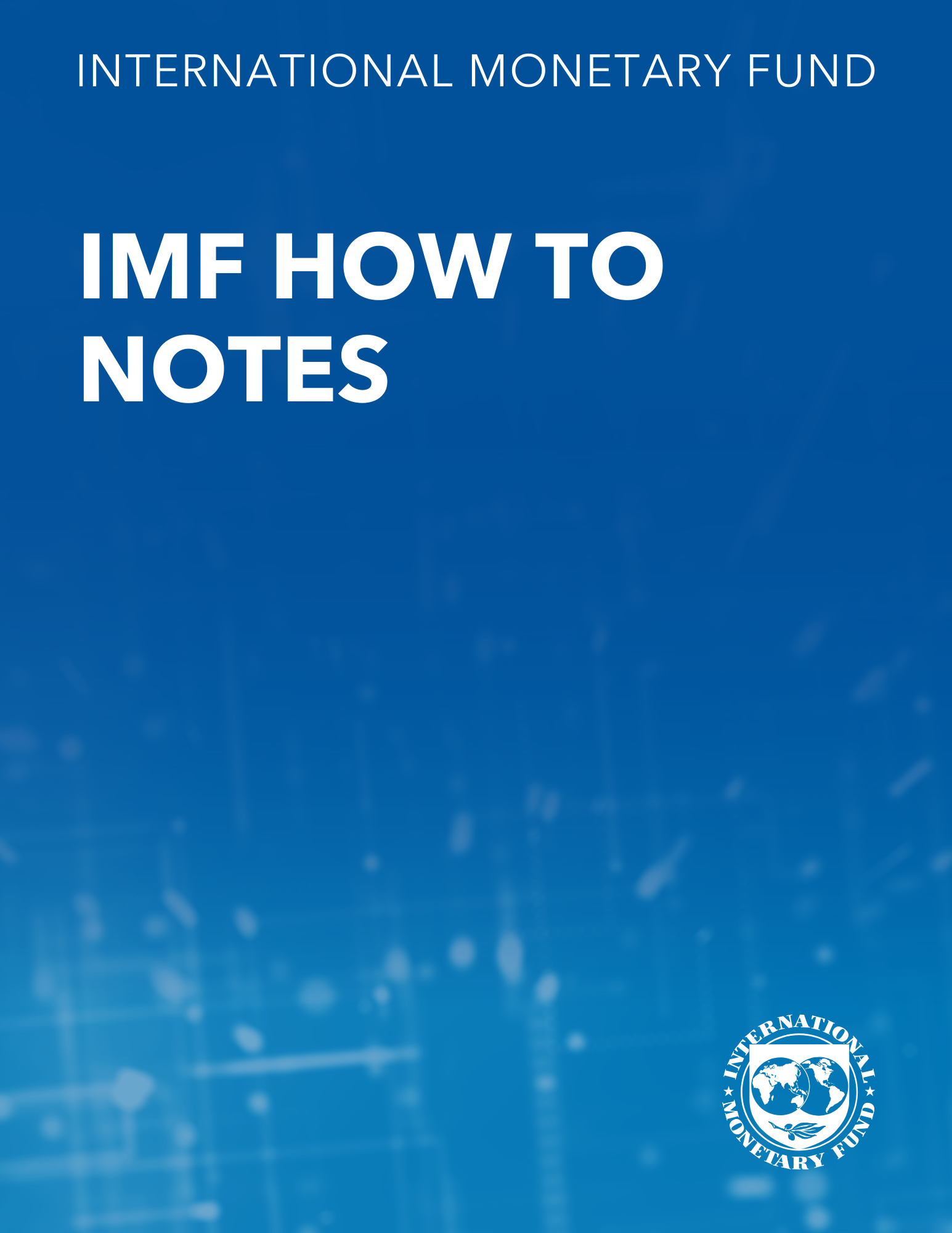India in the 1980's and 1990's: A Triumph of Reforms
March 1, 2004
Disclaimer: This Working Paper should not be reported as representing the views of the IMF.The views expressed in this Working Paper are those of the author(s) and do not necessarily represent those of the IMF or IMF policy. Working Papers describe research in progress by the author(s) and are published to elicit comments and to further debate
Summary
Bradford DeLong and Dani Rodrik have argued that reforms in India cannot be credited with higher growth because the growth rate crossed the 5 percent mark in the 1980s, well before the launch of the July 1991 reforms. This is a wrong reading of the Indian experience for two reasons. First, liberalization was already under way during the 1980s and played a crucial role in stimulating growth during that decade. Second, growth in the 1980s was fragile and unsustainable. The more systematic and systemic reforms of the 1990s, discussed here in detail, gave rise to more sustainable growth. The paper concludes by explaining why the growth rate in India nevertheless continues to trail that of China.
Subject: Balance of payments, Exports, Foreign direct investment, Imports, International trade, Tariffs, Taxes, Trade liberalization
Keywords: 1980s, 1990s, capital goods, capital-goods import, consumer goods, duty-free imports, export-import policy, Exports, Foreign direct investment, foreign exchange, growth, import control, import liberalization, import substitution, import-substitution policy, Imports, India, liberalization, machinery imports, Middle East, reforms, Tariffs, Trade liberalization, WP
Pages:
38
Volume:
2004
DOI:
Issue:
043
Series:
Working Paper No. 2004/043
Stock No:
WPIEA0432004
ISBN:
9781451846355
ISSN:
1018-5941







